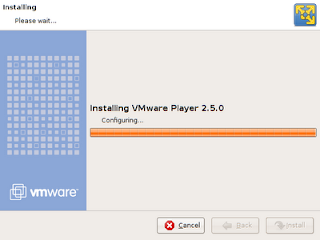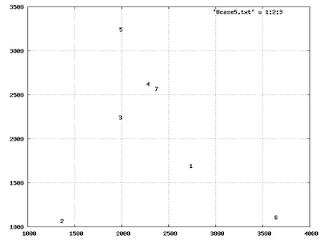New VMware vmplayer installer for Linux

Since yesterday vmplayer 2.5 is out for free download. One of the tools missing in Ubuntu 8.04 was this (IMHO). Of course it was possible to install it through a more entertained process. I was surprised that VMware was not offering an easy alternative to the huge Ubuntu user base. Today I've learnt that current version is distributed with an easy (should I say Windows-like?) installer. Download the software package with .bundle extension chmod +x VMware-Player-2.5.0-118166.i386.bundle sudo ./VMware-Player-2.5.0-118166.i386.bundle Done! Thanks VMware!

